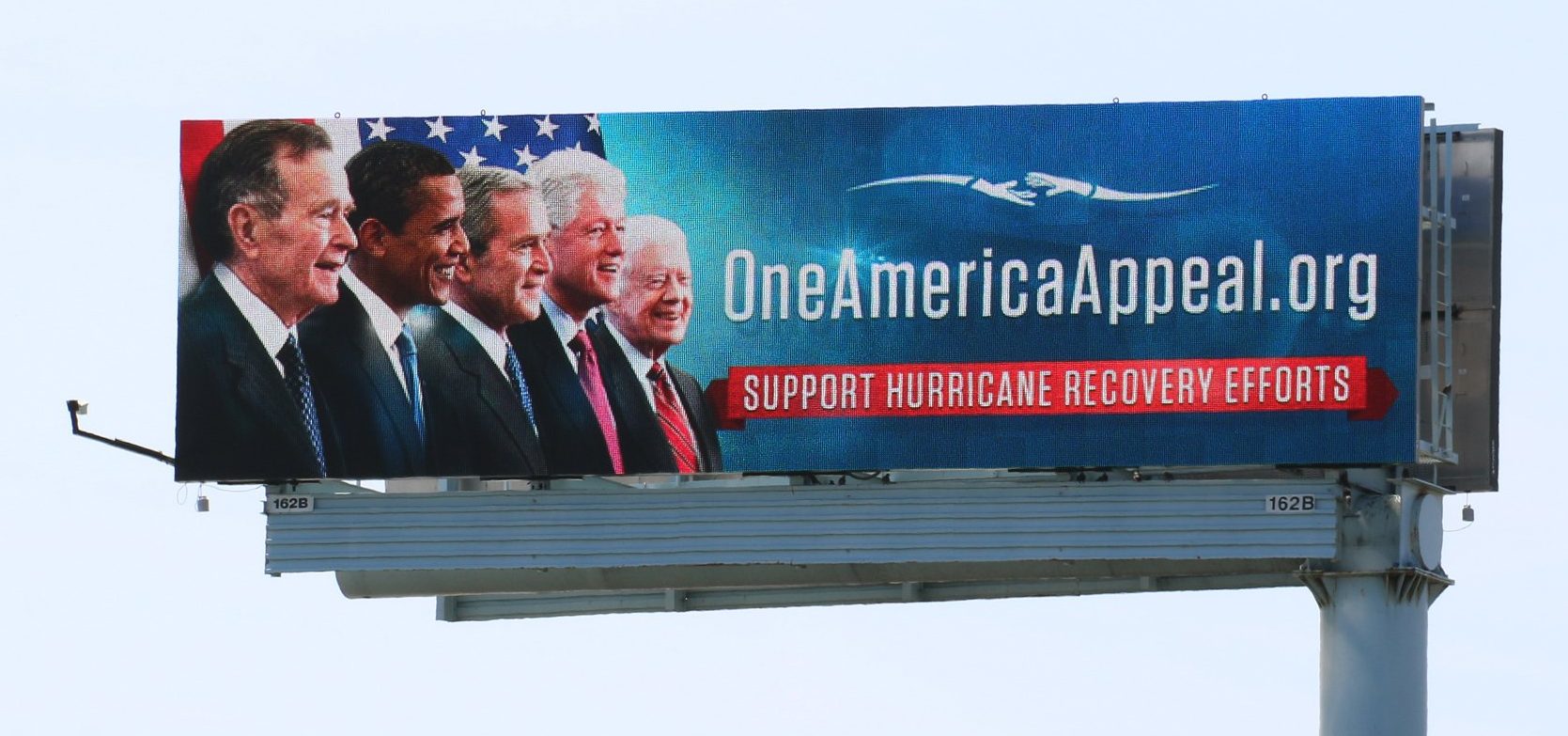
US Supreme Court Denies Appeal By Anti-Billboard Non-Profit
October 16, 2017 by Dave Haynes
A four-year legal fight over digital billboards that went all the way to the US Supreme Court ended today, with that country’s highest court denying an appeal by the non-profit group Scenic America, which fights what it considers billboard blight.
Scenic America doesn’t have a statement out, as yet, but the Outdoor Advertising Association of America (OAAA) has put out a press release that lays out the back-story. There are about 7,300 digital boards in the U.S., so the OAAA and media owners, not surprisingly, were very interested in what the high court would do. The written decision would only be of interest to hard-core legal nerds, and my quick read (at the risk of slipping into a coma) didn’t seem to reveal anything about the technology.
Billboard Insider also has some earlier background on the case here …
Says the OAAA press release:
“A decade ago, a federal agency responded to questions from States – which is routine — about a new technology known as digital billboards. The courts concluded that federal guidance to the States was appropriate,” says Nancy Fletcher, president and CEO of the OAAA.
In 2007, the Federal Highway Administration (FHWA) released a four-page guidance memo to states seeking advice on how to regulate digital billboards. It suggested display durations of four to 10 seconds and urged avoidance of glare. Digital billboards typically display static messages for six or eight seconds in rotation.
Anti-billboard group Scenic America sued the Federal Highway Administration in 2013, and its parent agency US Department of Transportation. The lawsuit, in federal court, claimed the federal agency violated procedure because its guidance was actually a de facto rule that warranted public comment and that digital billboards violate federal law because of their modern lighting.
US District Court Judge James E. Boasberg dismissed the case in 2014, with prejudice. Scenic America appealed.
A three-judge panel of the US Circuit Court of Appeals for the District of Columbia heard the case in 2015. The appeals court rejected the plaintiff’s case. On October 16, the US Supreme Court denied Scenic America’s petition to take the case (writ of certiorari). Justice Gorsuch, joined by Chief Justice Roberts and Justice Alito, expressed interest in the issue of agency deference (the Chevron case), but said, “the proper course is to deny certiorari.”
Nationwide, there are 7,300 digital billboards, according to a mid-year survey conducted by OAAA.
A variety of government agencies use digital billboards to help locate missing children (AMBER Alerts), find fugitives, and deliver emergency information.
“Week after week, the industry works with the government to communicate with the public on digital billboards on behalf of safety and other important shared goals,” says Fletcher of OAAA.
In the court case, the federal transportation agency was represented by the Department of Justice. The OAAA, which intervened on behalf of the industry, was represented by Williams & Connolly. Scenic America was represented by the Institute for Public Representation at Georgetown University Law Center.



Leave a comment